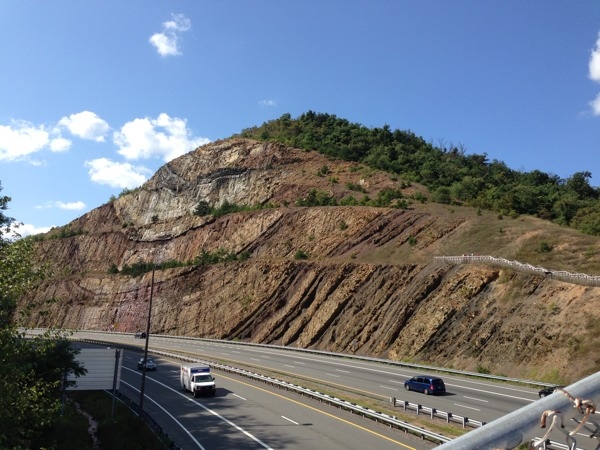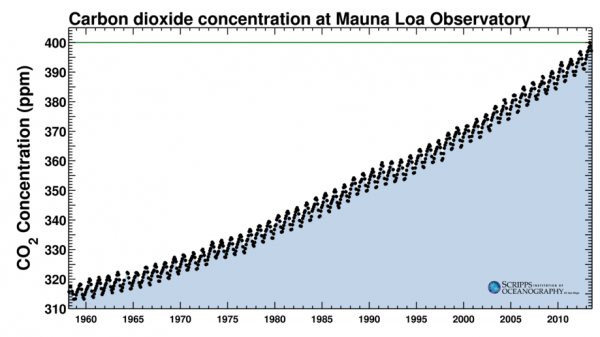![]() This summer we were treated to not one but two dam removals on the Cuyahoga River, ~10 miles downstream from Kent. Those following me on twitter know that I obsessed about these removals all summer long, first as they were delayed by weeks of high water, then as they got started and I got to watch first on the live “dam cam” and then in person. But the video compresses a whole summer of waiting, watching, and obsessing into two and a half glorious minutes, complete with music. This is, without a doubt, what youtube was invented for.*
This summer we were treated to not one but two dam removals on the Cuyahoga River, ~10 miles downstream from Kent. Those following me on twitter know that I obsessed about these removals all summer long, first as they were delayed by weeks of high water, then as they got started and I got to watch first on the live “dam cam” and then in person. But the video compresses a whole summer of waiting, watching, and obsessing into two and a half glorious minutes, complete with music. This is, without a doubt, what youtube was invented for.*
If that dam removal video merely served to whet your appetite for dam busting, I have a few other videos you might enjoy. First, there’s there’s an excellent 8 minute documentary on Marmot Dam on the Sandy River, Oregon, which explains the science that led up to this removal, features the excitable Gordon Grant, and shows the action unfolding. If you just want to cut to the action, you can’t beat the “blow and go” (that would be the technical term) of the Condit Dam removal in Washington. Finally, a feature length movie called DamNation is coming our way in 2014. I’m so excited, I can hardly stand it. I’m going to go watch the videos a few more times.
*Youtube was also invented for flash flood videos, videos of people running rapids on the Grand Canyon, the Lake Peigneur disaster video, and corny videos produced by sewer districts about CSOs.







Nice plan for content warnings on Mastodon and the Fediverse. Now you need a Mastodon/Fediverse button on this blog.